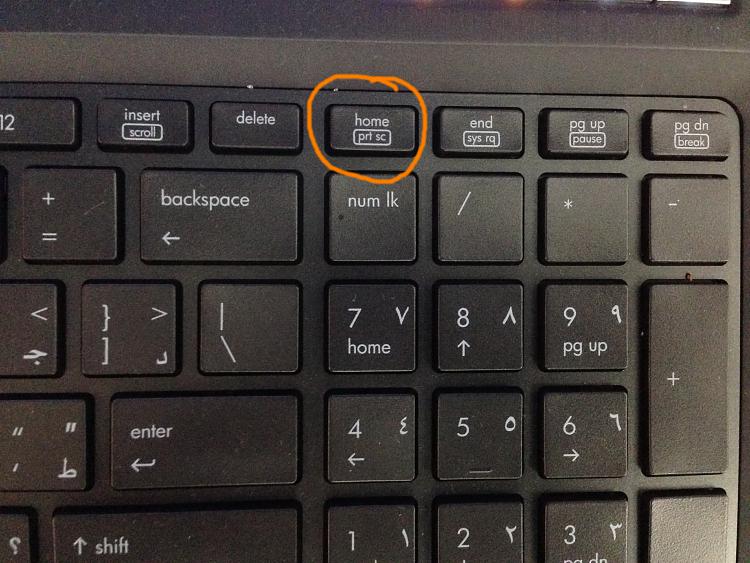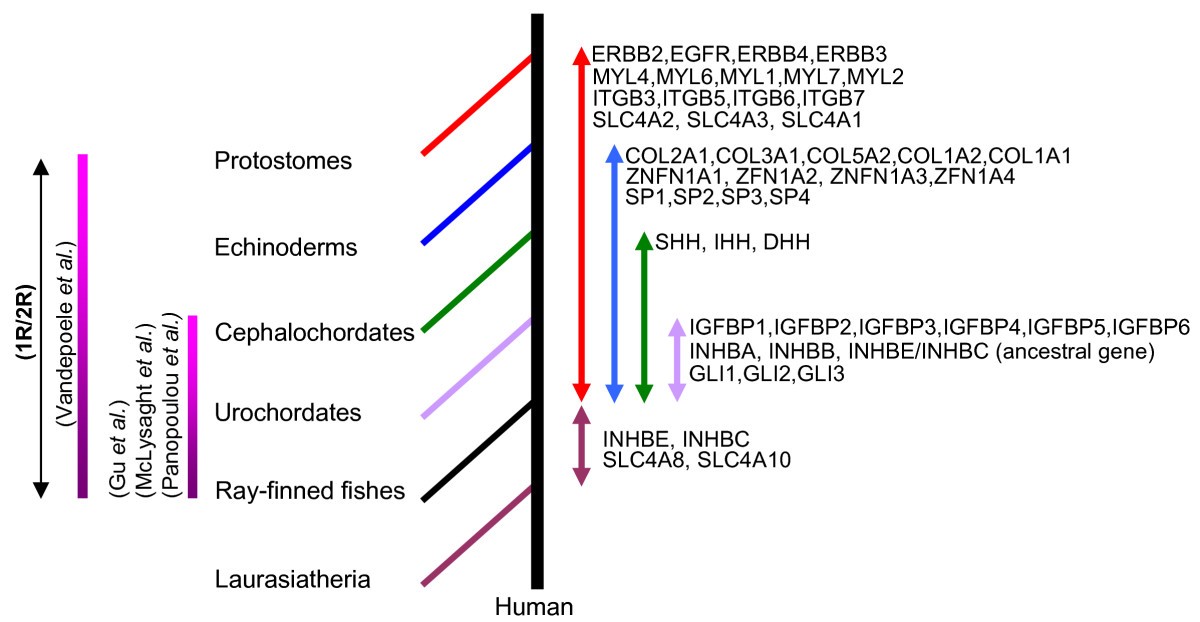About Ronald Takaki My grandfather emigrated from Japan to work on the cane fields of Hawaii in 1886, and my mother was born on the Hawi Plantation. As a teenager growing up on Oahu, I was not academically inclined but was actually a surfer. A DIFFERENT MIRROR Ronald Takaki I had flown from San Francisco to Norfolk and was riding in a taxi to my hotel to attend a conference on multiculturalism. Ronald Takaki's book A Different Mirror is a historical account of the various cultures that have come together, or fought, to create the United States as we know it. 1 Chapter 1 A DIFFERENT MIRROR Ronald Takaki I had flown from San Francisco to Norfolk and was riding in a taxi to my hotel to attend a conference on multiculturalism. Hundreds of educators from across the country were meeting to discuss the need for greater cultural diversity in the curriculum. Ronald Takaki is an Emeritus Professor at the University of California. He is a major writer in the field of Ethnic Studies. A Different Mirror is 445 pages of rather small text, so doing more than hinting at its contents is impossible. I read chapter 3 in the A Different Mirror by Ronald Takaki. This chapter explains about slavery in America's past. First, I would like to give a brief summary of what went on in the chapter to outline how I will analyze the chapter. A Different Mirror for Young People brings ethnic history alive through the words of people, including teenagers, who recorded their experiences in letters, diaries, and poems. Like Howard Zinn's A People's History, Takaki's A Different Mirror offers a rich and rewarding. Chapter 3, The Giddy Multitude: The Hidden Origins of Slavery, in the book A Different Mirror focused on the social as well as racial issues that occurred during the early colonial foundations of Virginia. The author Ronald Takaki started out by explaining that America started out with a large number of the colonists came over as indentured servant, which were people who were to work for. Race in A Different Mirror by Ronald Takaki 1407 Words 6 Pages In the first Chapter of the book A Different Mirror by (Takaki, 1993) the author embarks on a descriptive narrative that tries to elaborate the concept of a multiracial America. RONALD TAKAKI A DIFFERENT MIRROR A History Of Multicultural America LITTLE, BROWN AND COMPANY BOSTON NEW YORK LONDON ALSO BY RONALD TAKAKI In Chapter 10 of A Different Mirror by Ronald Takaki, many Japanese people were lured to America with stories of high wages as plantation laborers compared to earnings in Japan Unfortunately, plantation owners created tactics to appeal to Japanese families to willfully work teaching guide. a different mirror for young people. This text has been adapted from the 529page book (1993, 2008) by Ronald Takaki ( ). In Chapter 3, titled The Giddy Multitude: The Hidden Origins of Slavery, Takaki talks about the origin of slavery and how it came about. He starts off by talking about The Tempest and the characters whom played a role in this play and relating them to what really happened in. A Different Mirror For Young People: A History of Multicultural America (384 pages) was written by Ronald Takaki and adapted by Rebecca Stefoff in 2012. It's an American history told through the eyes of Native Americans, Africans, Chinese, Japanese, Irish, Jews, Irish, Mexicans, Vietnamese, Puerto. Learn different mirror with free interactive flashcards. Choose from 173 different sets of different mirror flashcards on Quizlet. Takaki Chapter 4 Andrew Jackson. Jefferson believed the govt should advise Indians to sell their useless forests and become farmers; Under Jacksons leadership, removed southern Indians moved toward Stony Mountains In the second chapter of Ronald Takakis A Different Mirror he contrasts and compares Shakespeares play The Tempest with the real life of the American Indian as the Englishmen continue to raid and dominate these body flaunting, lazy, sinful, devil driven Caliban. In chapter 2 of A Different Mirror Ronald Takaki discusses the first sight between the Native Americans and the Europeans. He described the Native Americans as being frightened by the approaching group of. The PowerPoint PPT presentation: A Different Mirror Chapter 1 and excerpts of Chapter 4 is the property of its rightful owner. Do you have PowerPoint slides to share? If so, share your PPT presentation slides online with PowerShow. A Different Mirror Chapter 2 In chapter 2 The Tempest in the Wilderness: The Racialization of Savagery of the book A Different Mirror by Ronald Takaki, the start of the origins of cultural and race problems were talked about. Study A Different Mirror: A History of Multicultural America discussion and chapter questions and find A Different Mirror: A History of Multicultural America study guide questions and answers. A Different Mirror: A History of Multicultural America by Ronald Takaki is a book which provides the readers with perspectives of people who come form different cultures and how they are accepted by the American people but also Ronald Takaki does a good job in taking this events form the past and attaching them to modern day society and how. Learn vocabulary, terms, and more with flashcards, games, and other study tools. 1 chapter 1 a different mirror ronald takaki i had flown from san francisco to. baschirotto bias circuit ii 5 simple current mirror. Historian Ronald Takaki, in chapter one of his book A Different. Mirror, lays out the details of what is a familiar experience for him. the other hand, signified purity, innocence, and goodness. 3 teaching guide a different mirror for young people This text has been adapted from the 529page book (1993, 2008) by Ronald Takaki ( ). 1 Chapter 1 A DIFFERENT MIRROR Ronald Takaki I had flown from San Francisco to Norfolk and was riding in a taxi to my hotel to attend a conference on multiculturalism. Chapter 3: The Hidden Origins of Slavery 1613 Virginia colony sent their first shipment of tobacco to London. Export grew drastically and the rising tobacco economy increased the demand for labor. Race in A Different Mirror by Ronald Takaki 1407 Words Jun 25th, 2018 6 Pages In the first Chapter of the book A Different Mirror by (Takaki, 1993) the author embarks on a descriptive narrative that tries to elaborate the concept of a multiracial America. In Ronald Takakis Chapter 3, The Giddy Multitude I found the thesis to be In Virginia, they became an even greater threat to social order, forming what the planter elite fearfully called a giddy multitude a discontented class of indentured servants, slaves, and landless freemen, both white and black, the Stephanos and Trinculos as well as the Calibans of Virginia. Chapter 4 A Different Mirror Jackson opened the land to the whites in 1814. He bought twentyfive hundred acres for 100 then immediately sold half of it for 312. In 1803 President Jefferson wrote a letter to Jackson who was a young political leader. Mirror Ronald Takaki I had flown from San Francisco to Norfolk, Virginia, and was riding in a taxi to my hotel to attend a conference on multiculturalism. Hundreds of educators from across the coun try were meeting to discuss the need for greater cultural diversity in the curriculum. Chapter 3 of Takakis book entitled A Different Mirror, he focuses on the beginnings of slavery in the early colonies. Takaki makes many descriptions on the beginning of slavery that many people never even recognized. Different Mirror Takaki Chapter Summaries America in a Different Mirror with Ron Takaki Duration: 1: 06: 22. Interview with Ronald Takaki Duration. A Different Mirror Homework Help Questions. What is Takaki's definition of the Master Narrative of American History? Takaki identifies this concept in the first chapter in A Different Mirror. A Different Mirror by Ronald Takaki referencing two paragraphs in the books concluding chapter, which discusses the multiraciality of the typical modern American. The paper will consist from 3 paragraphs. The first paragraph should be the summary of the chapter2 on Takaki, Ronald. Korynn Espittia n Chapters 1 and 2 notes on A Different Mirror Chapter 1Ronald Takaki was on his way to Northfolk, Virginia to attend a conference on multiculturalism. He had a conversation with his taxi driver where the driver asks, How long have you been in. A Different Mirror: A History of Multicultural America is a book by Ronald Takaki. It received an AnisfieldWolf Book Award in 1994. RONALD TAKAKI A DIFFERENT MIRROR A History of Multicultural America REVISED EDITION BACK BAY BOOKS LITTLE, BROWN AND COMPANY NEW YORK BOSTON. 48 c' FOUNDATIONS Let a philosophic observer commence a journey from the savages of the Rocky Mountains, eastwardly towards our seacoast. There Takaki: The Hidden Origins of Slavery In chapter 3, The Hidden Origins of Slavery, Takakis thesis is that how they (slaves) came to be enslaved and numerous has been largely hidden from our understanding of the making of multicultural America (52). A Different Mirror by Ronald Takaki. February 25, 2009 1802 Indian Trade and Intercourse Act No land cessions could be made wout a treaty by the tribe Federal law (not state) operates in Indian territories [86 1805 Choctaw Treaty Takaki: Chapter 5. When I was reading this chapter, a few of things jumped out at me right away. 1) The beginning of the chapter talks about how African Americans in the North were free. It Began with the Vikings A Different Mirror: A History of Multicultural America. A DIFFERENT MIRROR: A History of Multicultural America User Review Kirkus. A valuable survey of the American experience of several racial and ethnic minorities: readable popular history in the mode of Takaki's Strangers from a Different Shore (1989). Brian Bates Professor Altman Ethnic Studies Chapter two in the book A Different Mirror by Ronald Takaki entails many different accounts of how the English took over lands and controlled the lives of both the Irish and Indians through means of violence that left their populations in ruins near extinction from the earth. In chapter 3 of his book A Different Mirror: A History of Multicultural America, Ronald Takaki introduces The Giddy Multitude. His thesis of the chapter is that the definition and practices of slavery changed to suit the increased needs of the upper class for agricultural labor in early America..











+(2).jpg)